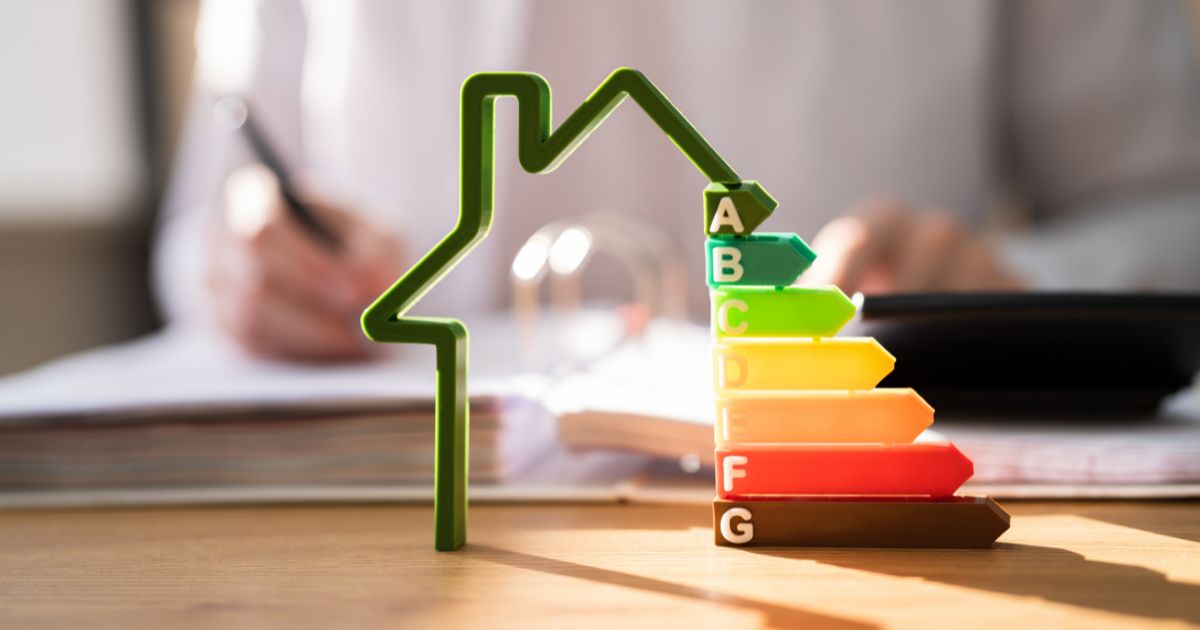Hello everyone, Chirag here! Today, I want to talk about a subject that’s essential for the future of construction and sustainability: energy-efficient building design. As someone deeply invested in creating buildings that are both innovative and environmentally responsible, I believe that focusing on energy efficiency is key. Let’s explore some of the most effective techniques and emerging trends in this vital area of construction.
The Importance of Energy-Efficient Design
Energy-efficient building design is all about minimizing the amount of energy required to operate a building while maintaining a comfortable and functional environment for its occupants. By reducing energy consumption, we can lower greenhouse gas emissions, reduce operating costs, and create more sustainable communities. Here are some of the most impactful techniques and trends in energy-efficient building design.
Techniques for Energy-Efficient Building Design
- Passive Solar Design: This technique involves designing buildings to take advantage of natural sunlight for heating and lighting. By strategically placing windows, using thermal mass (materials that absorb and store heat), and incorporating shading devices, buildings can reduce their reliance on artificial heating and lighting systems.
- High-Performance Insulation: Proper insulation is crucial for maintaining a consistent indoor temperature and reducing energy use. High-performance insulation materials, such as spray foam, rigid foam boards, and cellulose, can significantly improve a building’s energy efficiency by minimizing heat loss in winter and heat gain in summer.
- Energy-Efficient Windows: Windows are a major source of heat loss and gain. Energy-efficient windows, such as double or triple-glazed units with low-emissivity (Low-E) coatings, can help regulate indoor temperatures by reducing heat transfer. Additionally, window films and treatments can enhance energy efficiency by blocking excessive solar heat.
- Advanced HVAC Systems: Heating, ventilation, and air conditioning (HVAC) systems account for a significant portion of a building’s energy consumption. High-efficiency HVAC systems, such as geothermal heat pumps, variable refrigerant flow (VRF) systems, and energy recovery ventilators (ERVs), can drastically reduce energy use while maintaining optimal indoor air quality and comfort.
- LED Lighting: Switching to LED lighting is one of the simplest and most effective ways to reduce energy consumption. LEDs use significantly less energy than traditional incandescent or fluorescent bulbs and have a much longer lifespan. Integrating smart lighting controls, such as motion sensors and dimmers, can further enhance energy savings.
- Building Automation Systems: These systems use advanced software and sensors to monitor and control a building’s energy use. Building automation systems can optimize HVAC, lighting, and other systems to ensure they operate at peak efficiency, reducing energy waste and improving occupant comfort.
- Cool Roofs: Cool roofs are designed to reflect more sunlight and absorb less heat than standard roofs. This helps reduce the urban heat island effect and lowers cooling costs in warm climates. Cool roofing materials include reflective coatings, tiles, and shingles.
Emerging Trends in Energy-Efficient Building Design
- Net-Zero Energy Buildings: Net-zero energy buildings produce as much energy as they consume over a year. This is achieved through a combination of energy-efficient design and on-site renewable energy generation, such as solar panels or wind turbines. The goal is to create buildings that are self-sufficient and have a minimal environmental impact.
- Green Building Certifications: Programs like LEED (Leadership in Energy and Environmental Design), BREEAM (Building Research Establishment Environmental Assessment Method), and the WELL Building Standard are gaining popularity. These certifications recognize buildings that meet high standards of energy efficiency, sustainability, and occupant health and well-being.
- Smart Building Technologies: The integration of Internet of Things (IoT) devices and smart building technologies is transforming how we manage and optimize energy use in buildings. Smart thermostats, occupancy sensors, and energy monitoring systems provide real-time data and analytics, enabling more efficient energy management.
- Renewable Energy Integration: Incorporating renewable energy sources, such as solar panels, wind turbines, and geothermal systems, into building design is becoming increasingly common. Advances in technology and decreasing costs are making renewable energy solutions more accessible and practical for a wide range of building projects.
- Prefabrication and Modular Construction: Prefabricated and modular construction methods are gaining traction for their ability to improve energy efficiency and reduce waste. These methods involve manufacturing building components off-site in controlled environments, resulting in higher precision and quality. Prefabricated buildings can be designed with energy efficiency in mind from the outset.
My Commitment to Energy Efficiency
As someone passionate about sustainable construction, I am dedicated to incorporating energy-efficient design principles into all my projects. By leveraging these techniques and staying abreast of emerging trends, we can create buildings that are not only environmentally responsible but also economically advantageous and comfortable for occupants.
Conclusion
Energy-efficient building design is essential for the future of construction. By adopting advanced techniques and embracing new trends, we can significantly reduce energy consumption, lower greenhouse gas emissions, and create sustainable, resilient buildings.
Thank you for joining me in exploring the techniques and trends in energy-efficient building design. Let’s continue to innovate and build a greener, more energy-efficient future together.







